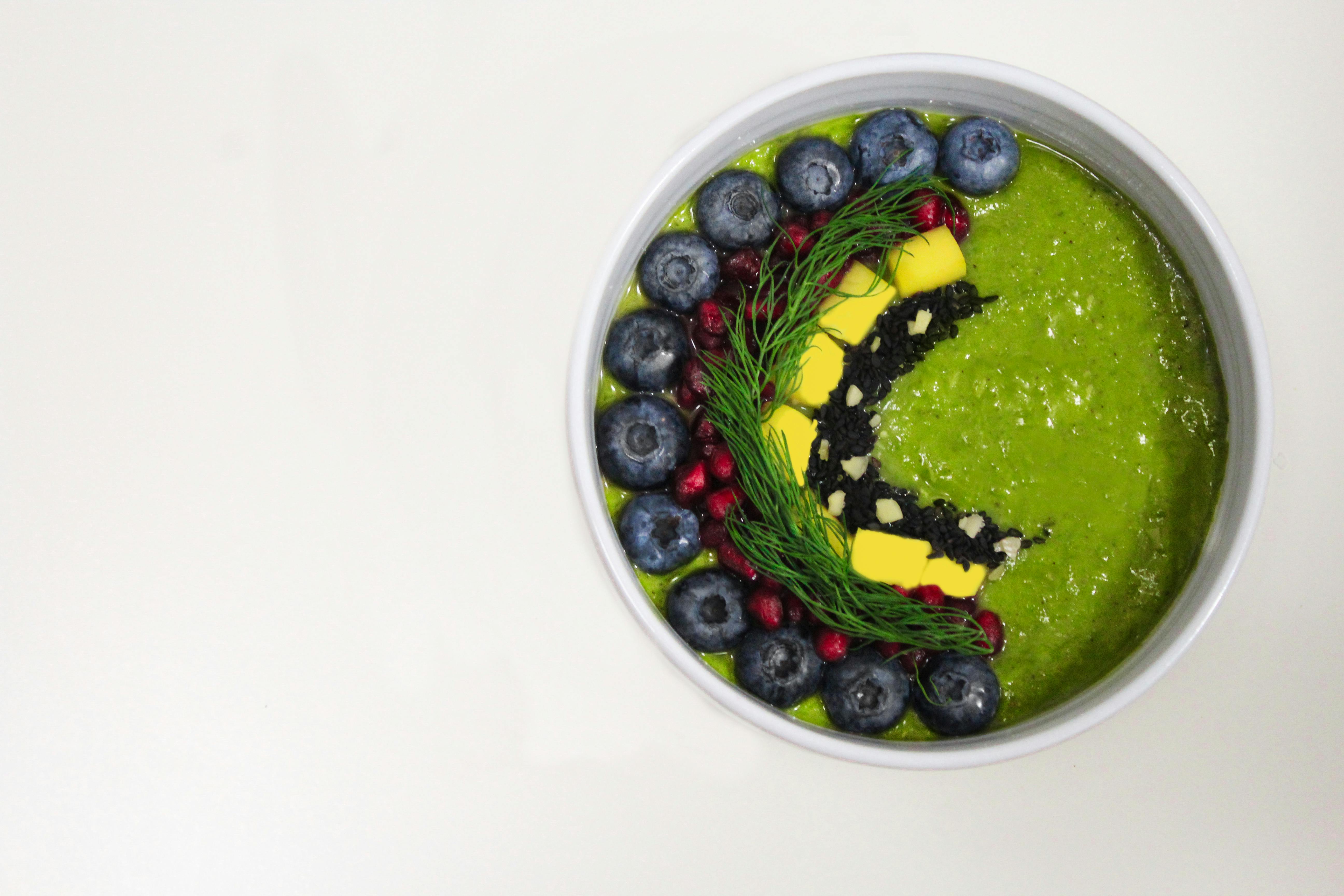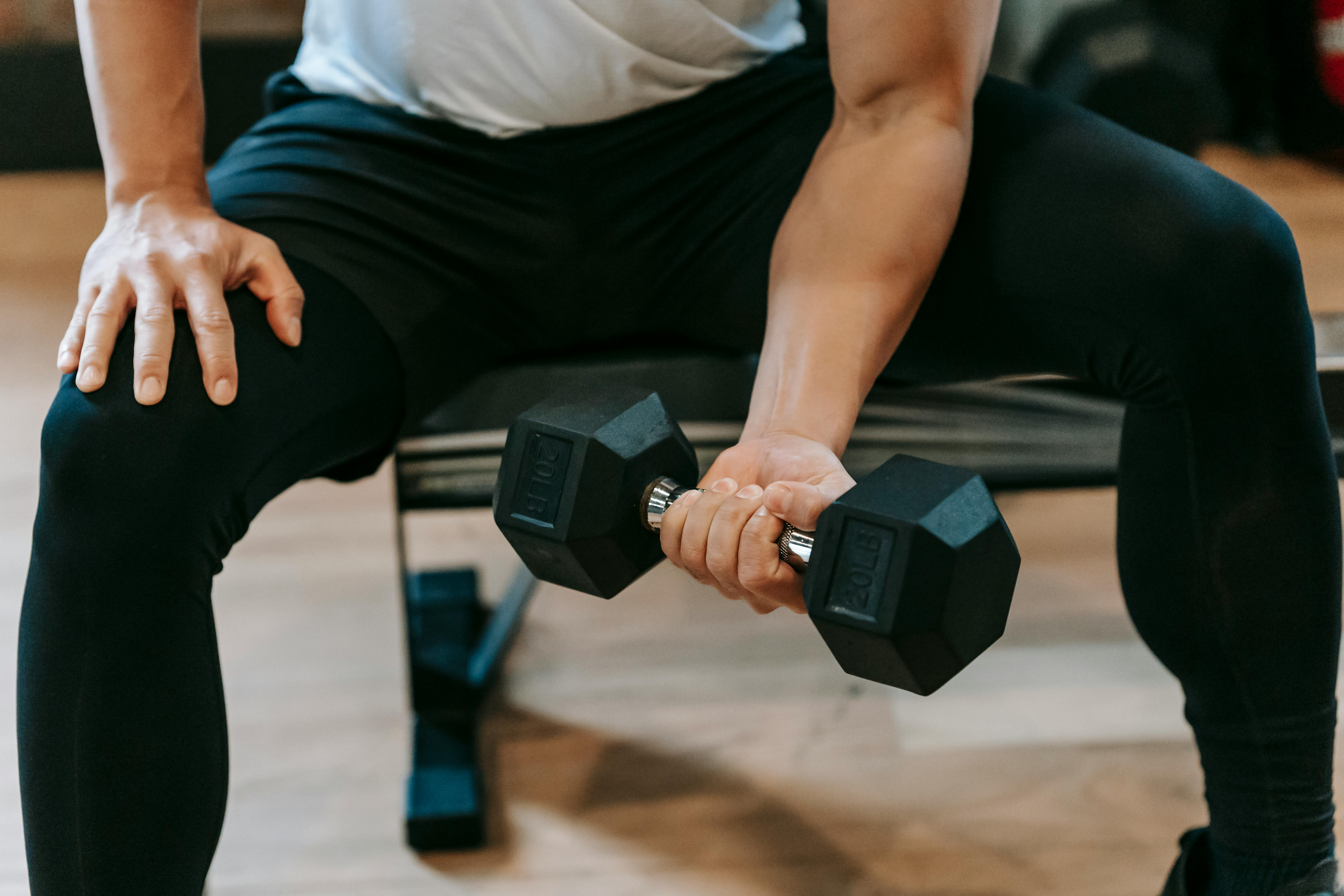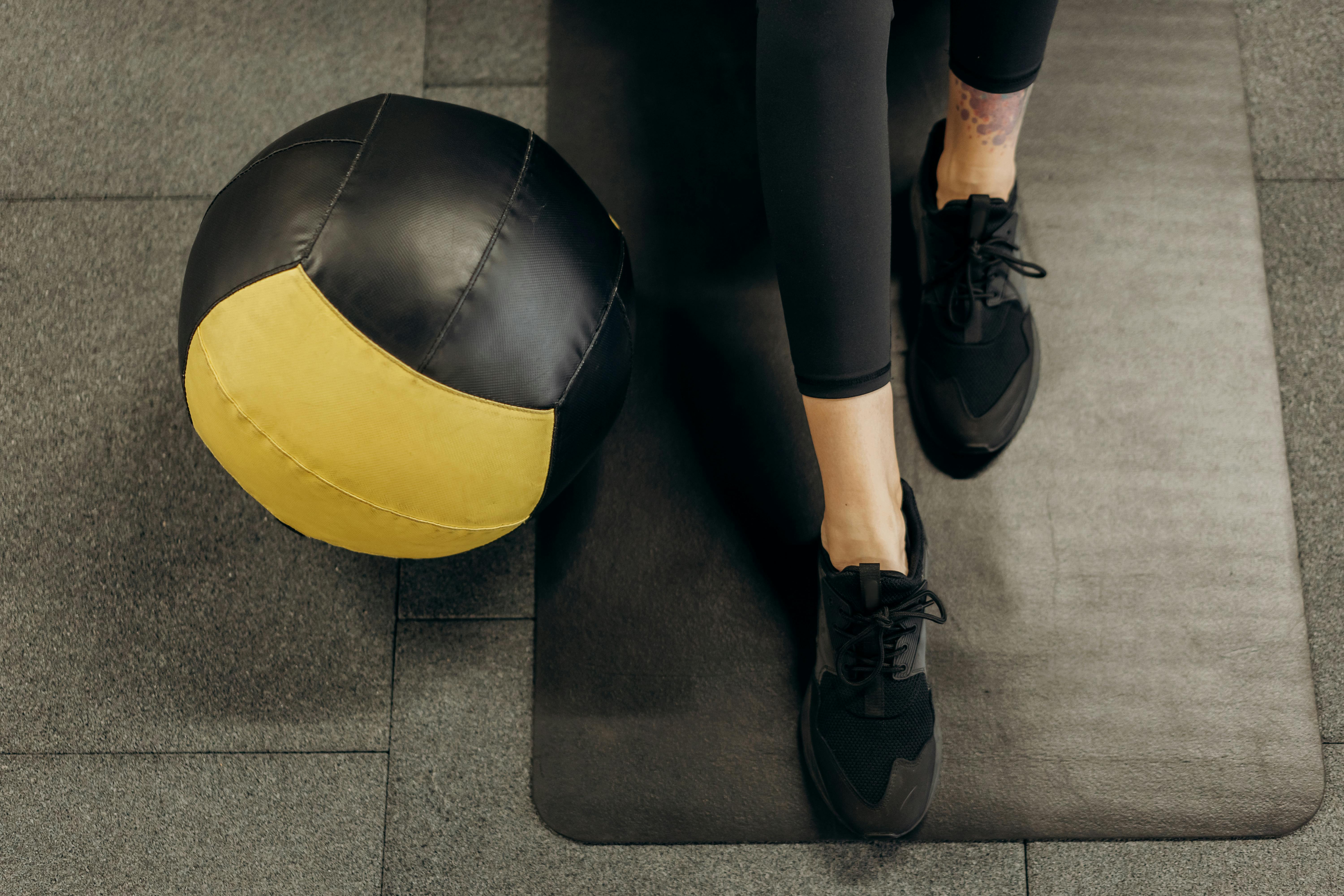Most wrestlers want to gain more muscle mass to become stronger and more solid in their weight class or to grow in order to move to the next category. To be a successful fighter, technique, speed, flexibility, and conditioning are at the top of every coach’s list to develop the most important attributes. All things being equal, being stronger than your opponent can also be a definite advantage. There are positions and maneuvers that fighters enter during a match where strength will be the deciding factor. Every fighter has been dominated by a bigger and stronger opponent at least once in his career. Many coaches for some of the best wrestling teams incorporate strength training both in and out of season to help their athletes master all areas of the mat. Most successful wrestlers do minimal strength training during the season so they can focus on improving in their sport. Bodyweight exercises and light weight lifting done in short sessions once or twice a week is all that is needed during the season.
On the contrary, when the season is over, to get the most strength and the most muscle mass, the program should be reversed for at least 12 weeks. The off-season fighter should lift weights 3-4 days a week while continuing to fight 1-2 days a week. If you are competing in spring tournaments, you may want to wait before spending that much time lifting weights. For the best muscle gains, you’ll need to prioritize weight lifting and proper nutrition designed to help you gain weight and increase body size. If you are still trying to gain weight to compete in spring tournaments, it will be difficult and somewhat counterproductive to lift weights to grow, but you will not be able to eat the calories you need to do so. Rather than trying to mix the two, it’s best to start your weight lifting / weight gain regimen after tournament season is over.
When setting up your wrestling strength training program, be very specific with your sets and rep schemes to make sure your program output captures the goals you want. For fighting, prioritize strength over muscle size, however a properly written training program will accomplish both. It is important to recognize this distinction and know that exercise selection and set / rep schemes will make the difference. Most strength training programs cause the muscles to swell and the athletes gain weight, however they will not do anything by force. The last thing you want is to get bigger / heavier to fight in the next weight class, but not have the strength to keep up with the bigger opponents! A common example of this is seen when bodybuilders are compared to competing weightlifters. There are many extremely large bodybuilders who are not strong at all. In contrast, different training methods produce many weightlifters who are extremely strong but not very big. A combination of these training methods with an emphasis on strength will produce a much stronger and larger fighter.
When it comes to weight lifting, the best weight gain training programs are done 3-4 days a week. A three-day division works best for wrestlers so that they can still fight two days a week; for example, weights on Monday, Wednesday and Friday with wrestling on Tuesday and Thursday. Schedules like this also allow for a complete rest without any training on the weekend, leaving time to recover and cool off to lift more weight on Monday. Train your whole body only once in a 3-day split, but a 4-day split will allow you to train your body twice in a week. The four-day workout routines are often Monday, Tuesday, Wednesday off and then Thursday, Friday lifting again with the weekend off. However, this schedule is more difficult to fit into regular wrestling practices. Our wrestling team thrives on a 4-day weight training division that takes place on Sunday, Monday, Wednesday, and Friday. Wrestling practice is offered on Tuesdays and Thursdays; This schedule only allows one day off a week, however our team achieves great achievements like this.
For a three-day-a-week weight training program, make day one a day for the lower body, day two a day for the upper body, and day three a day for the rear chain / nucleus. For a four-day-a-week training program, make day one an upper body heavy day, day two a lower body heavy day, day three an upper body day light body and on day four a day for the posterior chain / nucleus. For upper and lower body training days, do the first few exercises some kind of bench press or squat and make sure these are performed with the perfect technique and with the highest intensity possible. Follow up with accessory exercises that will focus on the muscles and movements that will support and develop the great movement you just performed. For example, after you bench, perform dumbbell presses, floor presses, dips, or tricep extensions to further strain the triceps (the main muscle group used in a properly executed bench press). Then add exercises to target secondary muscle groups, such as the lats and delts. After performing the squat, add accessory exercises to target the hamstrings, quads, hip flexors, glutes, lower back, and / or abs.
The back chain day is also extremely important for the competitive fighter who wants to not only get stronger but also prevent neck and lower back injuries. This muscle group includes the hamstrings, glutes, lumbar erectors, upper and middle back, traps, and the back of the neck. Again, start with a compound movement that is multiple extension to challenge the nervous system and challenge several muscles of the posterior chain at once. Deadlifts, Romanian deadlifts, stiff-legged deadlifts, rack pulls (partial deadlifts), power cleanings, and good morning are great options. As with all compound movements, beginning lifters should start lightly and slowly gain weight with their technique constantly being tested and corrected. After the main lift, choose accessory exercises for repetition work that target the smaller posterior chain muscles or weak points that you have determined your athletes may have. These may include shrugs, more hamstring work, kettle bell swings (for glutes), more upper back work (lat pulls, rows, and rear delts), and heavy abdominal work.
For core compound exercises, cycle reps during a three-week wave with week one performing 3-5 sets of 5 reps, week two 3-5 sets of 3 reps, and week three maxing out with sets of 1 or two reps . The fourth week the wave would start again with 5 repetitions. Reps for accessory exercises should not be more than 8-12. For best results, high intensity should always be employed, however avoid complete muscle failure for compound exercises except when maxed out. Muscle failure should be achieved in accessory lifts for most, if not all, sets. Even in the 5- and 3-rep weeks, effort is a must and intensity should be at least up to 75% of maximum effort. Add grip training to the end of the upper body day or posterior chain day with 1-2 exercises carried to exhaustion. In addition to consistency and intensity during sessions, the next most important aspect of a successful program is keeping meticulous records of the athlete’s strength gains. At a minimum, record all the highs so you know which numbers need to be exceeded the next time they are run.



